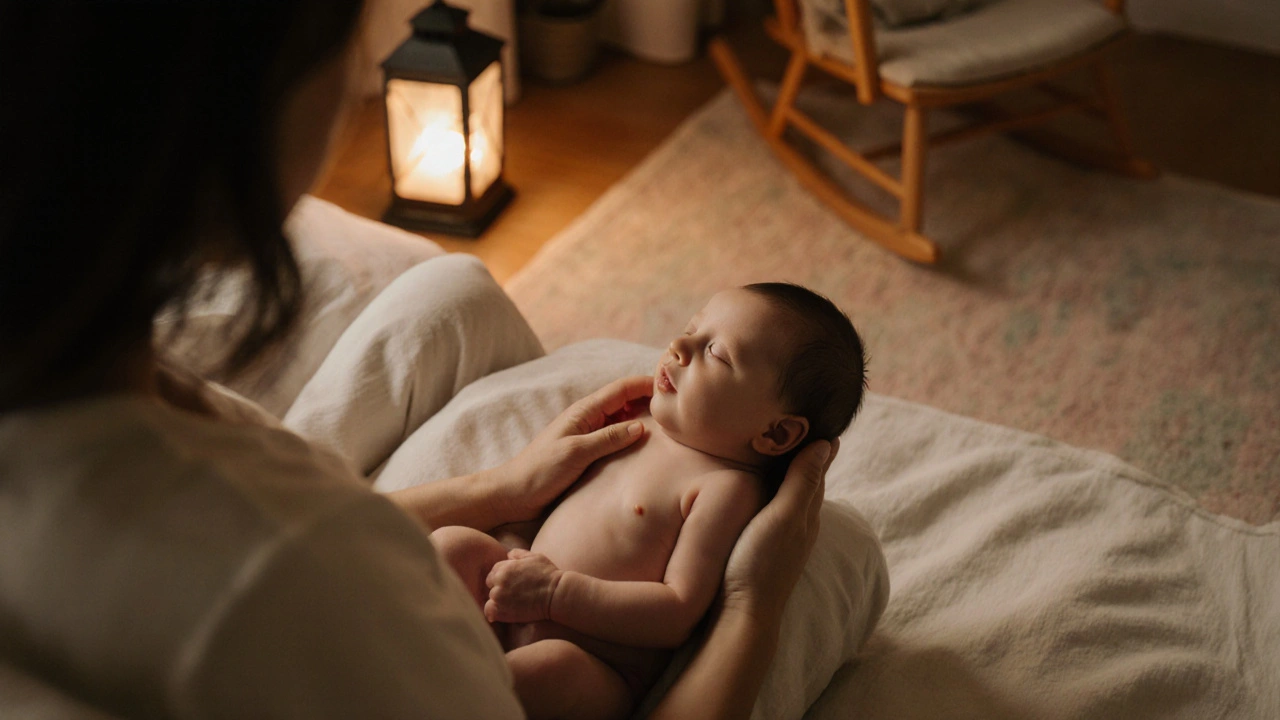Early Emotional Development: What Every Parent Should Know
Did you know that a baby's ability to express joy, fear, or frustration starts shaping their whole life before they can talk? Those first few months are a crash course in feelings, and as a parent you can be the best teacher by simply paying attention.
Emotional growth begins with tiny signals: a smile at a familiar voice, a frown when a toy is taken away, or a gasp at a sudden loud noise. These reactions are more than cute moments—they’re the building blocks of trust, self‑regulation, and social awareness.
What to Expect in the First Years
From birth to age two, children hit a series of predictable milestones. In the first month, they mostly show comfort or discomfort through crying. By three to four months, they start to laugh back at you, which signals the first reciprocal exchange.
At six months, babies begin to recognize emotions in others. A happy face can calm them, while a frown may cause distress. Around nine months, they develop a sense of object permanence, meaning they understand that people exist even when out of sight—this can trigger separation anxiety.
By the time they're 12‑18 months old, toddlers use simple words like “no” or “more” to express wants, and they start to show empathy, offering a hug when you’re sad. The second year is packed with tantrums, but those outbursts are actually practice in regulating strong feelings.
Practical Ways to Support Your Child
First, name the feeling. When your kid cries, say, “You’re upset because the block fell.” Simple labels help babies connect words to emotions.
Second, model calm behavior. If you stay steady during a noisy diaper change, your child learns that stress can be managed. Your tone matters more than the words.
Third, give choices. Let a two‑year‑old pick between an apple or a banana. Making small decisions builds confidence and reduces frustration.
Fourth, create safe routines. Predictable mealtimes, bedtime, and play periods give children a sense of security, which makes it easier for them to explore feelings.
Finally, use play to practice. Role‑play with dolls—one gets sad, the other comforts them. This game turns abstract emotions into concrete actions your child can copy.
Remember, you don’t need fancy tools or hours of research. Just observe, name, and respond. By staying present and consistent, you give your child a solid emotional foundation that will pay off in school, friendships, and adulthood.
Early emotional development isn’t a race; it’s a daily conversation. Keep the dialogue open, stay patient, and watch your little one grow into a confident, caring person.
How Early Infancy Shapes Mental Health: Foundations for Emotional Well‑Being
Explore how early infant experiences shape mental health, learn practical parenting steps, spot warning signs, and use tools that support emotional well‑being from day one.
